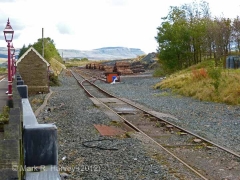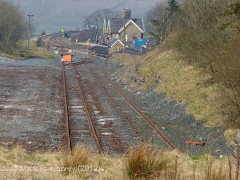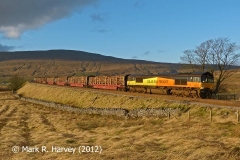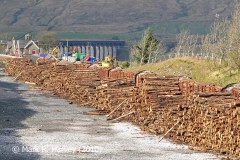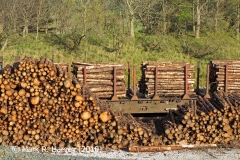The railhead at Ribblehead is a re-use of the redundant Ribblehead Quarry Siding (SCRCA ID 247260).
SCRCA site 247265: Ribblehead Transfer Sidings
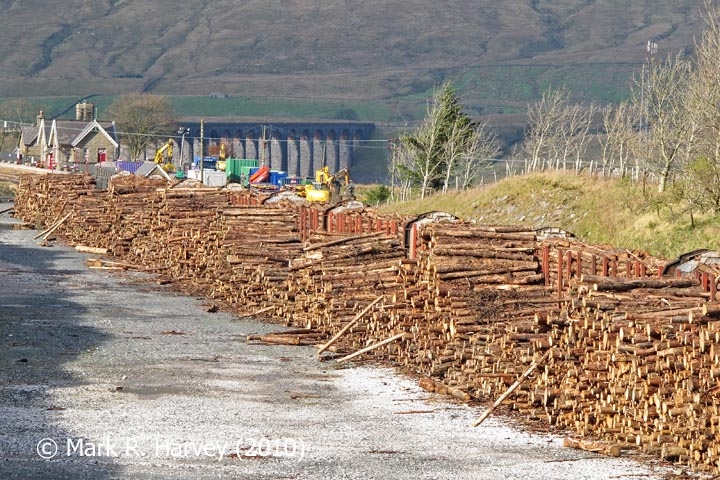
Key details from the Location Record
- Location Type
- Rail-served Industry
- Location Variant
- Rail-Served Industry - Site Active
- Assessment status
- Assessed
- Current Use(s)
- Commercial, Railway ops
- Shown on a land plan?
- No
- Construction / installation period
- 3: MR operational phase (1st Jan 1877 to 31st Dec 1922)
- Distance from London St.Pancras
- 247 miles and 10 chains
- Position relative to running lines
- Down
- Visibility
- This location IS visible from nearby publicly accessible land.
- Accessibility (ease of access)
- Easy
- Protection Category
- The structure or site is not currently protected
- Geographic Location
- View this location on mapping. or on aerial imagery.
|
Errors and omissions |

